Captain Charles Dunbar Lancaster Hewes
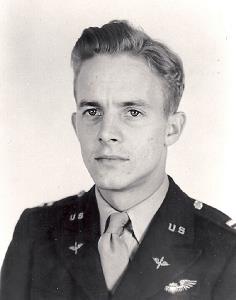
- Unit: 335th Fighter Squadron, 4th Fighter Group
- Service Number: O-727460
- Date of Birth: March 10, 1921
- Entered the Military: November 30, 1938
- Date of Death: February 13, 1945
- Hometown: Biloxi, Mississippi
- Place of Death: German Prisoner of War Camp
- Award(s): Distinguished Flying Cross, Air Medal with Oak Leaf Cluster, Purple Heart
- Cemetery: Plot D, Row 7, Grave 15. Ardennes American Cemetery, Neupré, Belgium
Mississippi School for Math and Science
2014-2015
Early Life
Charles Dunbar “Dunny” Lancaster Hewes was born to Charles and Mabel Hewes in Biloxi, Mississippi on March 10, 1921. Hewes graduated from Biloxi High School on May 31, 1939. After graduation, he worked at the local F.W. Woolworth store.
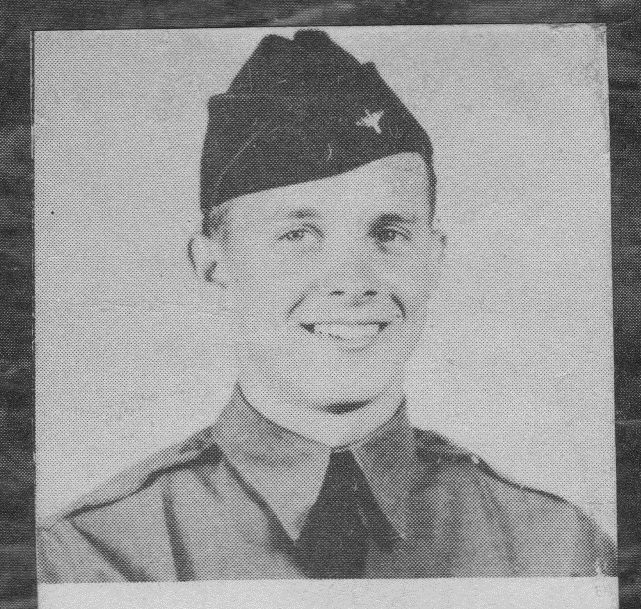
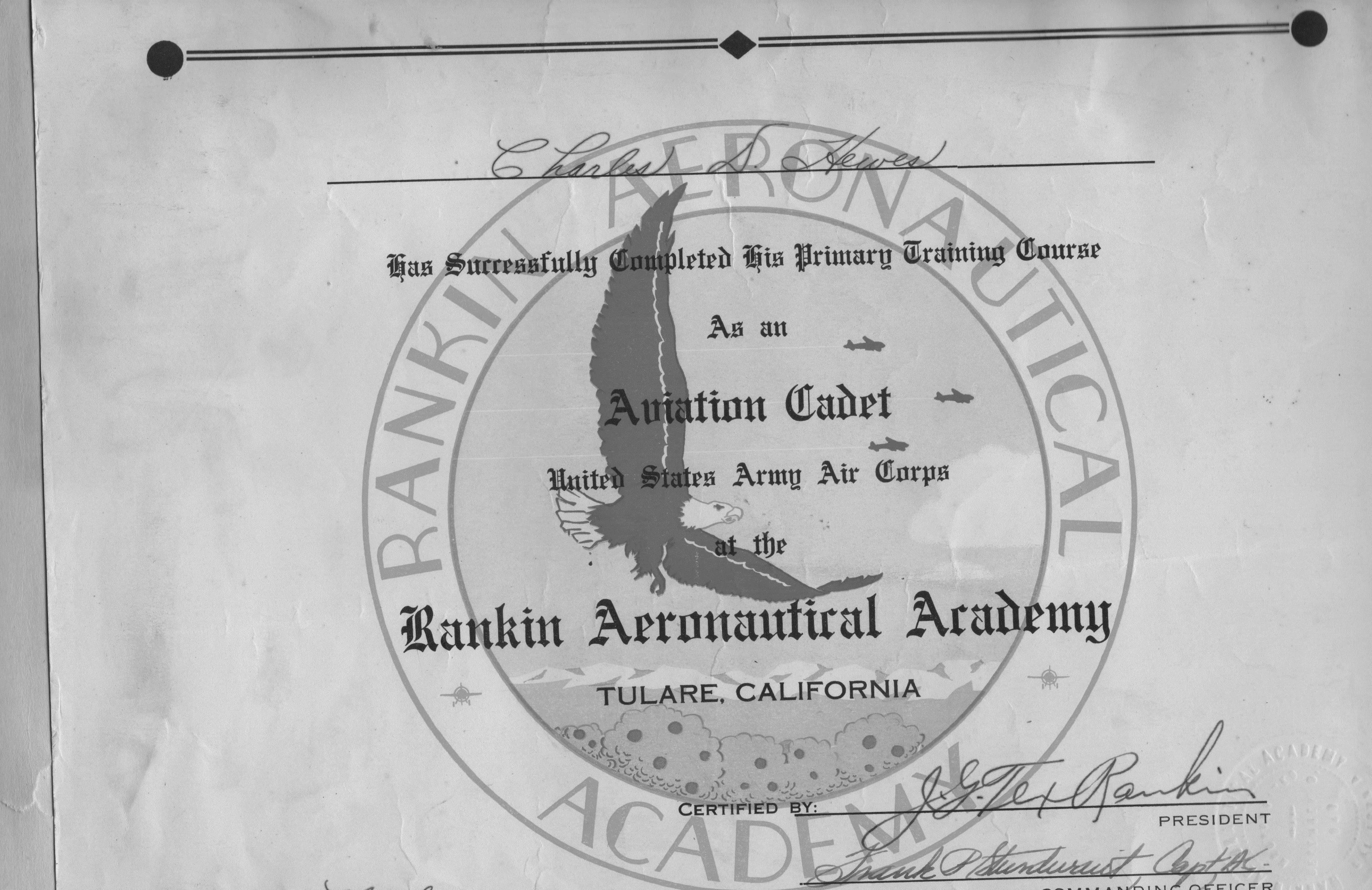
Military Experience
Pilot Training
Hewes enlisted October 1939 in the Army Air Corps and studied meteorology. Even though he did not have the required two years minimum of college, he was allowed to sit for the flying cadet exam. Hewes’ initial ten-week flying training program took place at Rankin Field in January 1942. In order to join flight training, Hewes had to start over and elected to be reduced to the rank of private, but soon rose through the ranks to become Aviation Cadet First Sergeant of Company B. He graduated on March 26, 1942.
Next, Hewes moved to the Merced Army Flying School in California and then completed advanced training in Phoenix, Arizona. He was commissioned at Luke Field, Arizona on July 26, 1942. Stationed in Sarasota, Florida, he flew a P-39 Airacobra.
Hewes’ sister, Lela, was a First Lieutenant in the Army Nursing Corps. According to a news clipping from the family scrapbook, it is believed that Dunny and Lela were the only brother-sister commissioned officers from Biloxi.
Pacific Theater
Hewes was transferred to New Guinea and served with the 13th Bomber Command, known as the Devil’s Own Grim Reapers. Here he fought in the Battle of the Bismarck Sea, where Allied Air Forces sent wave after wave of Allied planes to bomb the Japanese. After three days, the Japanese had lost eight transports, four destroyers, and 20 aircraft. Allied losses totaled four aircraft.
In April 1943, Hewes switched from flying a pursuit plane to piloting a “Jimmy Doolittle” B-25 Bomber.
On September 12, 1943, Hewes’ bomber dropped a 500 pound bomb sinking a 350 ton freighter in Muschu Harbor. On December 21, 1943, Lieutenant General George Kenny presented Hewes with the Air Medal. The citation read, “The bombing run was particularly difficult and dangerous because the vessel was anchored close to a larger vessel which was being attacked at the same time by another aircraft.”
Battle of Rabaul
In the fall of 1943, as part of Operation Cartwheel, the U.S. Fifth Air Force began a bombing campaign on New Britain, a key port that the Japanese held in New Guinea. Hewes took part in the bombing raid where he was credited with destroying a Japanese Zero.
Back Home
In April 1944, Hewes returned from 17 months in the Pacific Theater, having completed 65 combat missions as a B-25 and A-20 pilot and assistant operations officer. He was assigned to be an instructor pilot in Florence, South Carolina.
On to Europe
In August 1944, Hewes volunteered for foreign duty and was assigned to the European Theater operating out of England. He joined the 335th Fighter Squadron, 4th Fighter Group. Throughout November and December 1944, Hewes flew a series of missions and was promoted to Captain.
Battle of the Bulge
The Battle of the Bulge was a major German offensive campaign launched through the densely forested Ardennes region in Belgium, France, and Luxembourg on the Western Front. Adolf Hitler guaranteed his ground commanders strong air support. During the first three days of the offensive, the Allied air forces and the Luftwaffe met in the skies over the cloud-covered battlefield as the Luftwaffe attempted to get under the low ceilings to support its ground offensives.
In late December 1944, Mabel Hewes received a letter from her son, informing her that his squadron was going to be engaged “on a big push.” Hewes would be part of that “big push” when he flew his last mission on December 18, 1944.
Captain McKennon led 17 pilots that day to the Kassel-Frankfurt area. Hewes and the other pilots ran into difficulties due to heavy cloud layers and enemy aircraft. When the squadron returned that evening, Hewes was not with them. According to the Army Air Forces’ records, “He did not call in or report any trouble. He was last seen at 4000 feet at or near Giessen at approx. 1430 hours.”
According to Missing Air Crew Report 11312, “His Mustang was seen to spiral out of formation while climbing through a cloud bank. Crashed in a moor in Tinholt, Germany suffering a fractured spine. Captured and sent to a hospital.” His P-51D Mustang was forced down over Germany, and Hewes had to bail.
The principal doctor at the hospital in Lingen, Germany, reported that Hewes had a “compression-fracture of his vertebral column with following palsy of his bladder and cystis.”
Hewes was reported missing in action on December 18, 1944. Short-wave radio listeners had relayed messages to his mother, Mabel Hewes Elder, that Hewes had been taken prisoner.
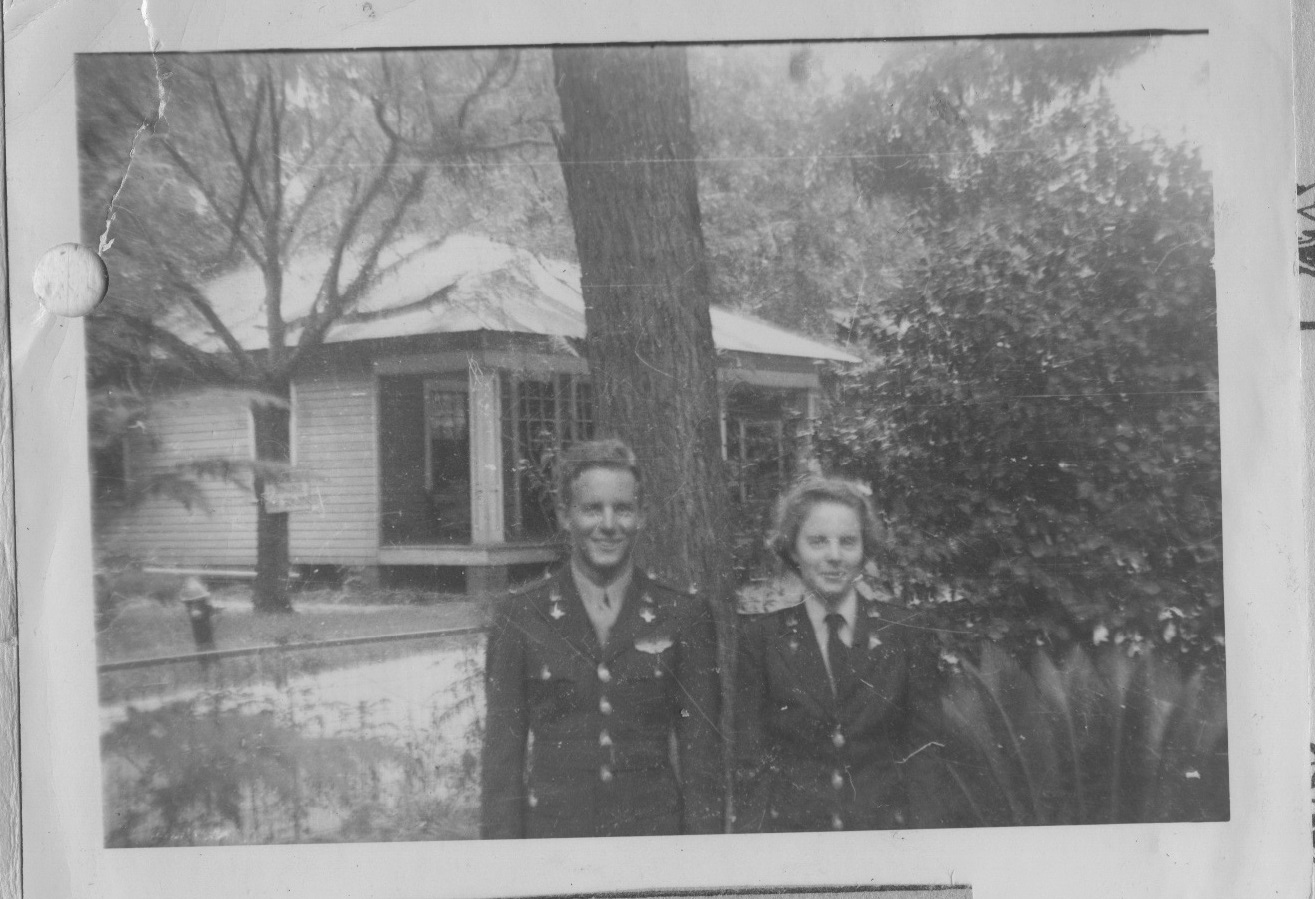
Eulogy
In March 1945, Hewes’ mother received word from the Red Cross that her son had died on February 13, 1945 in a German POW Camp. On August 4, 1945, Lt. Lela M. Hewes, Charles’ sister, wrote a letter to the U.S. Army requesting information regarding her brother’s grave site. The family had only received information that Dunny had died in a German POW camp. Lela received two follow-up letters, the first from the Quartermaster General in October 1945, informing the family Dunny had been interred at Lingen/Ems, Germany. The second letter, dated August 27, 1946, provided more information, listing that Hewes was buried at the United States Military Cemetery Neuville-en-Condron, Belgium.
Hewes was moved to Ardennes American Cemetery in Neupre, Belgium. His final resting place is Plot D, Row 7, Grave 15.
To commemorate Captain Hewes, an academic building, Hewes Hall, was named after him on October 17, 1969 on Keesler Air Force Base. Hewes’ sister, Lela Hewes Fishbein, was onsite to “unveil the commemorative plaque.” Major General Thomas E. Moore dedicated the building and described Hewes as “a man of whom the country can be truly proud.”
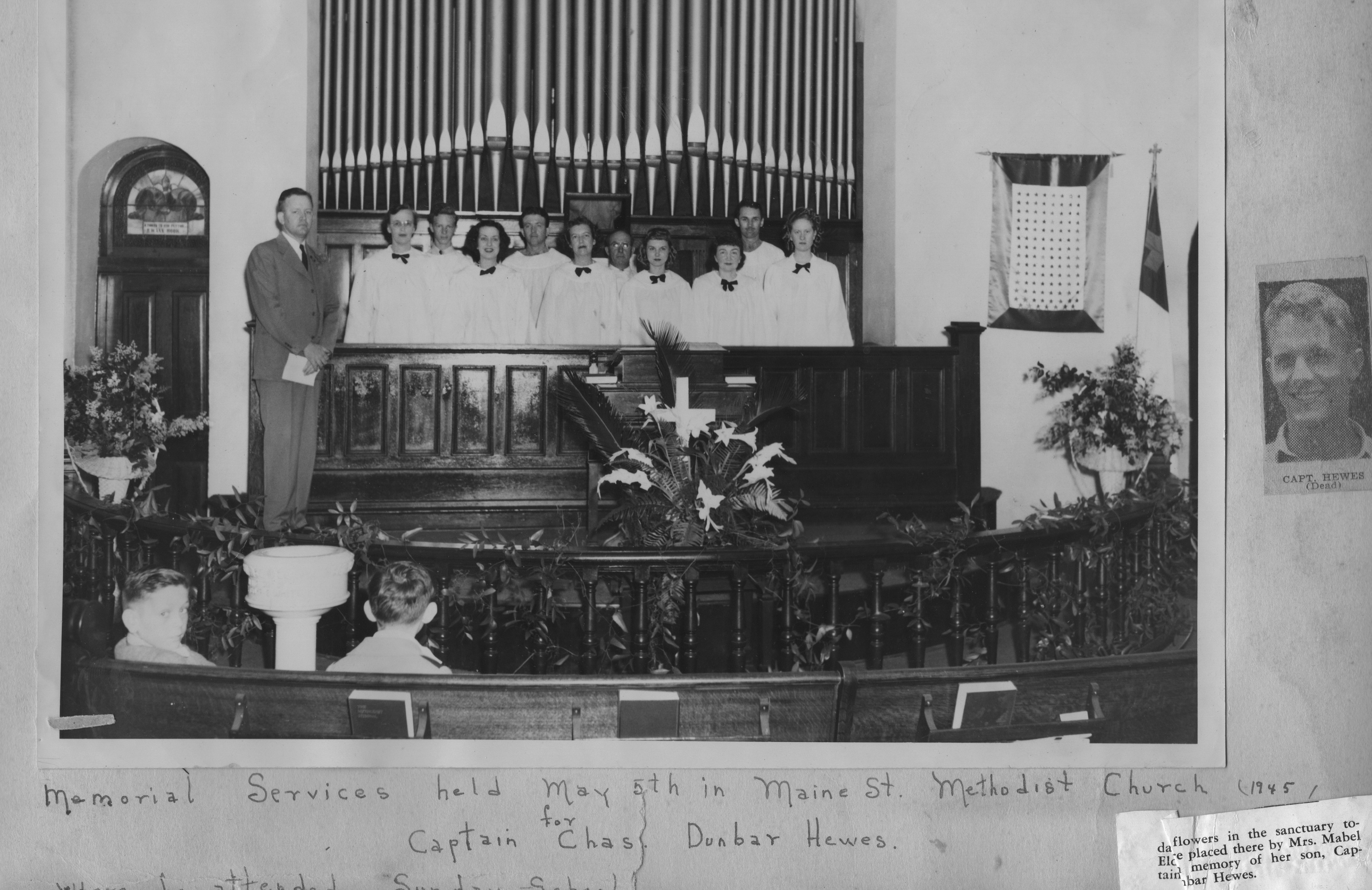
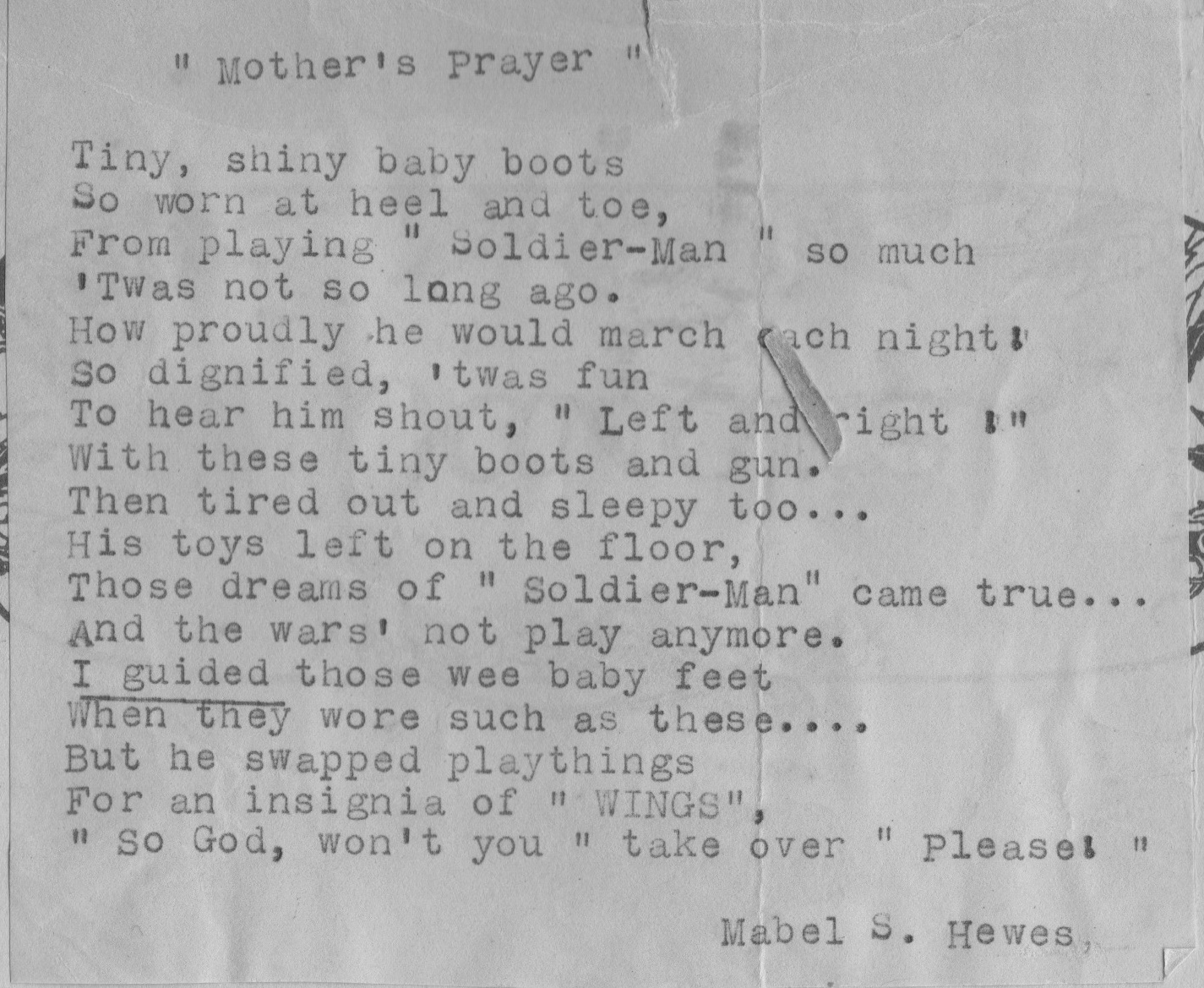
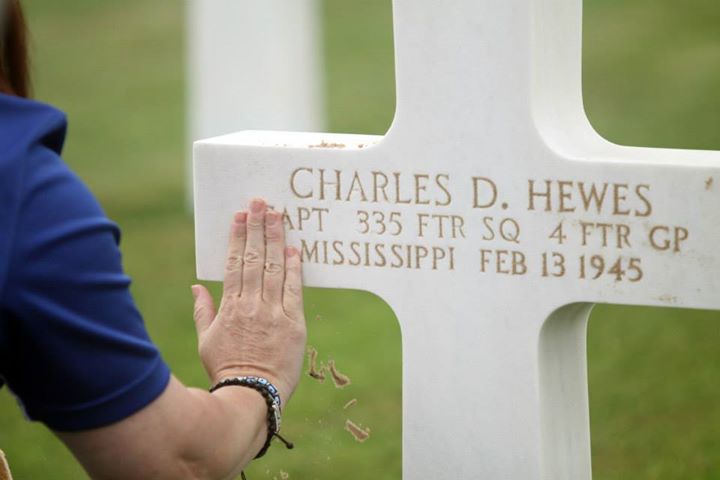
Reflection
Bibliography
“86 Graduates for Biloxi High.” Biloxi Daily Herald, May 23, 1939: 1,3.
“335th Fighter Squadron.” American Air Museum in Britain. Updated March 11, 2015. Accessed August 1, 2015. www.americanairmuseum.com/unit/884.
“Air Medal for Brunswick Man.” The News, January 3, 1944: 1.
“Biloxian Awarded Medal for Sinking 350-Ton Freighter.” Biloxi Daily Herald, January 4, 1944: 8.
“Book Pays Tribute to Fifth Air Force.” Biloxi Daily Herald, August 18, 1944: 8.
“Cadet Hewes Graduates.” Biloxi Daily Herald, June 3, 1942: 2.
“Capt. Chas. Hewes died in German Camp.” Biloxi Daily Herald, March 21, 1945: 1.
“Captain Hewes Missing.” Biloxi Daily Herald, January 8, 1945: 5.
“Charles Hewes.” American Battle Monuments Commission. Accessed November 2, 2014. www.abmc.gov/search-abmc-burials-and-memorializations/detail/WWII_7396.
Charles Hewes, Individual Deceased Personnel File, Department of the Army.
Charles Hewes, Official Military Personnel File, Department of the Army, RG 319, National Archives and Records Administration – St. Louis.
Frater, Stephen. Hell Above Earth: The Incredible True Story of an American WWII Bomber. New York: St. Martin’s Press, 2012.
Guttman, Jon. “World War II: Raids on Rabaul.” World War II, November 1994.
Hewes Family Scrapbook. Courtesy of the Hewes Family.
“Hewes Hall Ceremony Honors Gulfportian.” Biloxi Daily Herald, October 16, 1969: 2.
Kenney, George C. General Kenney Reports: A Personal History of the Pacific War. Ann Arbor: University of Michigan Library, 1997.
Missing Air Crew Report; Office of the Quartermaster General, Memorial Division, Identification Branch, 1942-1947, MACR 11312; National Archives at College Park, College Park, MD.
“New Academic Building Honors Gulfport Pilot.” Keesler News, October 17, 1969.
Squadron and Group Histories, 13th Bomber Command, 1 March to 30 March 1944; File SQ-BOMB-13-HI, HQ USAFHRC, Maxwell Air Force Base, Alabama.
Squadron and Group Histories, 13th Bomber Command, 1 March to 30 March 1944; File SQ-FI-335-HI, HQ USAFHRC, Maxwell Air Force Base, Alabama.
This profile was researched and created with the Understanding Sacrifice program, sponsored by the American Battle Monuments Commission.

